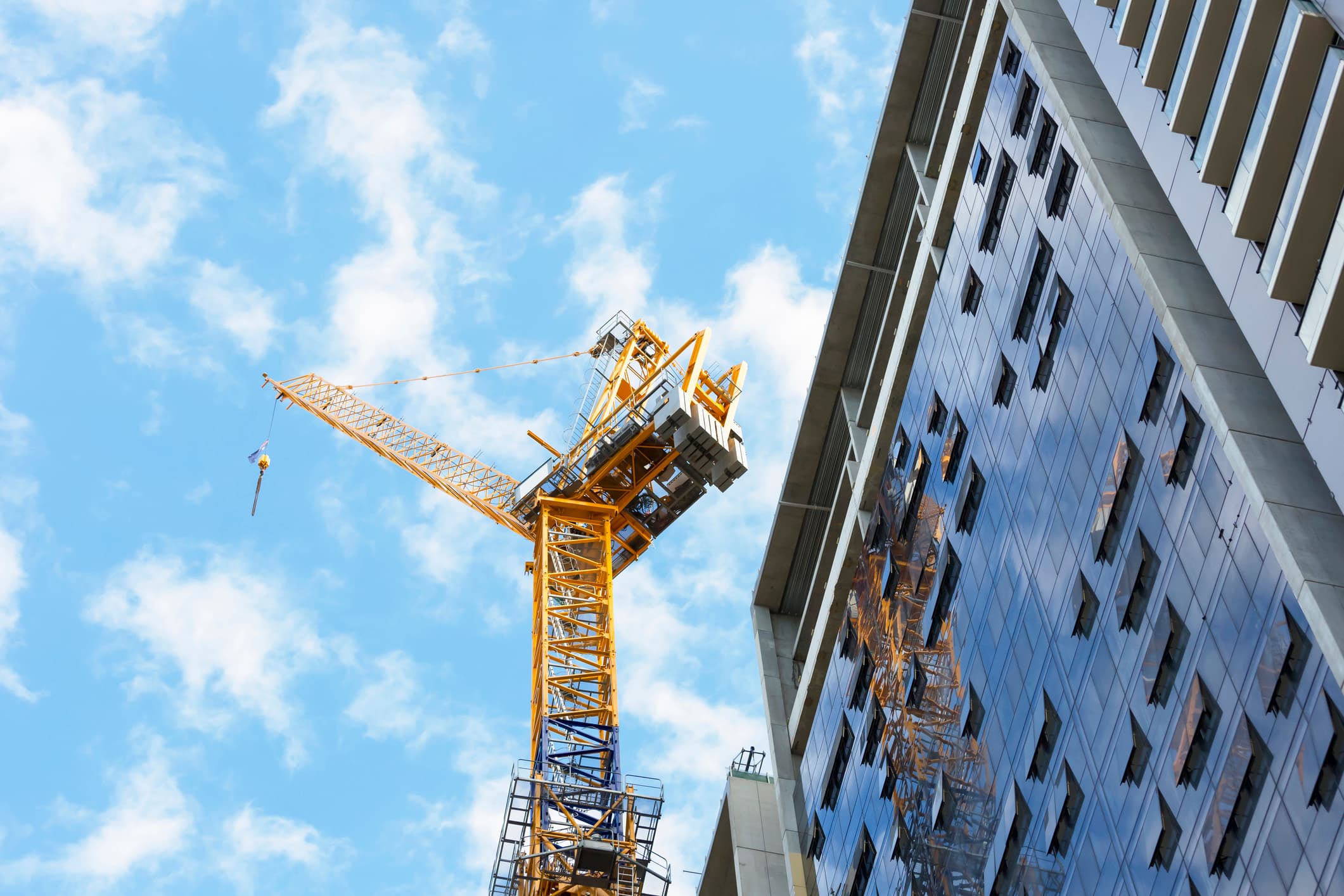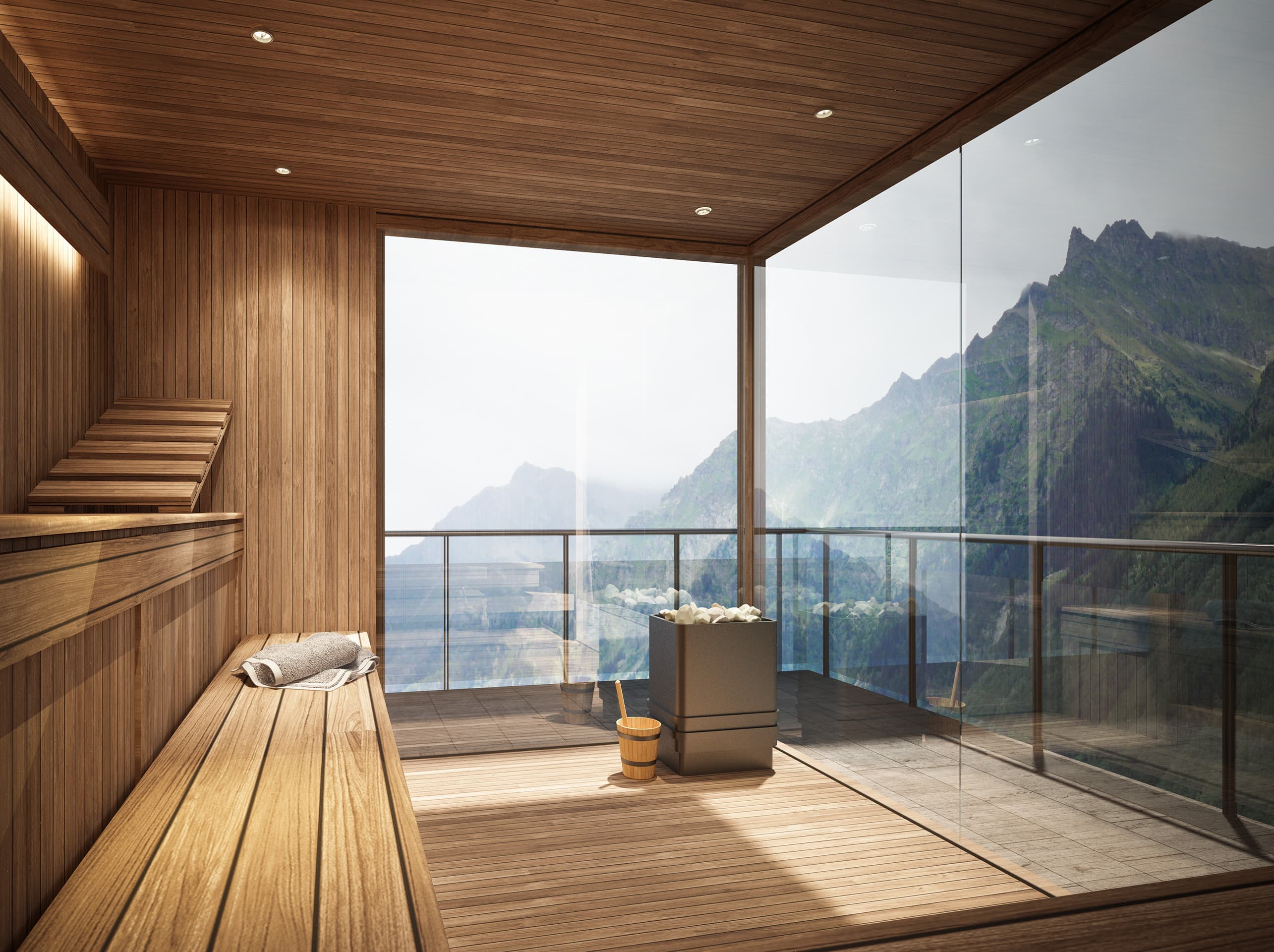Key highlights
Australian developers and superfunds, alongside large international players with deep pockets, are dipping their toes into Australia’s build-to-rent (BTR) waters
More than 160,000 BTR units are expected to be operational by 2027 – up from less than 2,000 today
But in a market geared to build-to-sell, is BTR a safe bet? Altus Group’s Product Manager Anthony Lisbona crunches the numbers
BTR, known in the United States as multi-family, has emerged as a new asset class in Australia in recent years as robust income and strong rental growth attract significant new capital.
In the last month alone US build-to-rent titan Sentinel Real Estate secured the support of Dutch pension fund manager PGGM to create a $1.5 billion portfolio of around 2,500 BTR units in Australia.
Mirvac, which operates one of Australia’s first BTR projects, LIV Indigo at Sydney’s Olympic Park, began hunting for an investor to bankroll its $1.7 billion Australian BTR portfolio.
The Lowy family-backed Assembly Funds Management acquired an apartment block in Melbourne’s inner north for $65 million which it plans to turn into a BTR-style offering.
And Aware Super, one of Australia’s largest super funds with $155 billion under management, announced BTR as a cornerstone of its planned $7 billion property platform.
Demand drivers
It is easy to see why asset owners and pension funds are lining up. A housing supply crunch looms over the next decade, with Australia’s National Housing Finance and Investment Corporation predicting a shortfall of 163,400 dwellings by 2032.
Around a third of Australians currently rent – and this figure continues to climb as the deposit hurdle to home ownership gets higher each year. CoreLogic estimates that the time it takes to save a 20% deposit for a median value Australian home is 11.3 years – almost double what it took two decades ago.
Not all Australians want to jump onto the property ladder, and skilled migrants and downsizers looking for “lock it and leave” properties are also target markets for build-to-rent.
“Property sale cycles go up and down, but people will always need to rent,” says Altus Group’s Offer Product Manager Anthony Lisbona.
Unlike many global markets, Australia's residential real estate is underserved by institutional investors. Despite the flurry of recent investment activity, there are currently few completed BTR projects operating in Australia. Cushman and Wakefield put the figure at 1,859 units across six projects but expects 160,000 units to be operational by 2027.
Crunching the numbers
But in a market that geared to build-to-sell (BTS), how do developers crunch the numbers to determine whether a BTR project will stack up?
There’s a lot to consider, from stock availability to target markets. “When the target market is renters, the product itself is very different. The design must maximise the experience for the tenant,” Anthony notes.
BTR developments typically include more shared space – think rooftop bars, state-of-the-art gyms and gourmet kitchens – alongside hotel-style amenities like concierge desks and parcel pick-ups. Materials are chosen for durability, and developers are incentivised to invest in energy and water efficiency as they hold the asset over the long-term. It's not just the initial capital expenditure for these amenities that need to be considered, but also their ongoing maintenance costs. Unlike traditional build-to-sell residential developments, BTR developments do not require pre-sales or pre-leasing to ensure viability, which significantly reduces development timeframes.
Unlike traditional build-to-sell residential developments, BTR developments do not require pre-sales or pre-leasing to ensure viability, which significantly reduces development timeframes.
Most BTR product to date has been focused on the higher end of the market, and the elevated quality of amenity can command a rental premium of anywhere between 10 and 20%.
On the other hand, Australia’s land tax and GST can also impact the viability of potential BTR projects. Laws do not do enough to encourage BTR investments. Some state governments now offer discounts on land tax. But managed investment trusts do not receive the same concessional withholding tax rate for BTR as they do for other asset classes, and this has been a handbrake on international investment.
Balancing risk and reward
When everything from design specification to tax treatments can influence a project’s feasibility, how do developers make an informed decision?
“Developers must model everything from capital expenditure to ongoing maintenance costs, absorption rates and vacancy, and their impact on cash flow over time,” Anthony notes.
A ‘hybrid’ model that blends both BTR and BTS is proving an attractive proposition for developers “dipping their toes into the water” or looking to offset their risk. “But that brings even more modelling complexity.”
Real estate development is always about balancing risks versus returns. “To test project viability of BTR you need to calculate an entirely new set of key performance indicators – and they can’t be done on the back of an envelope.”
Authors

Anthony Lisbona
Product Manager

Lionel Newcombe
Real Estate Solution Expert
Authors

Anthony Lisbona
Product Manager

Lionel Newcombe
Real Estate Solution Expert
Resources
Latest insights



Jan 9, 2025
Building the future - Key trends shaping Australia’s construction industry in 2025



